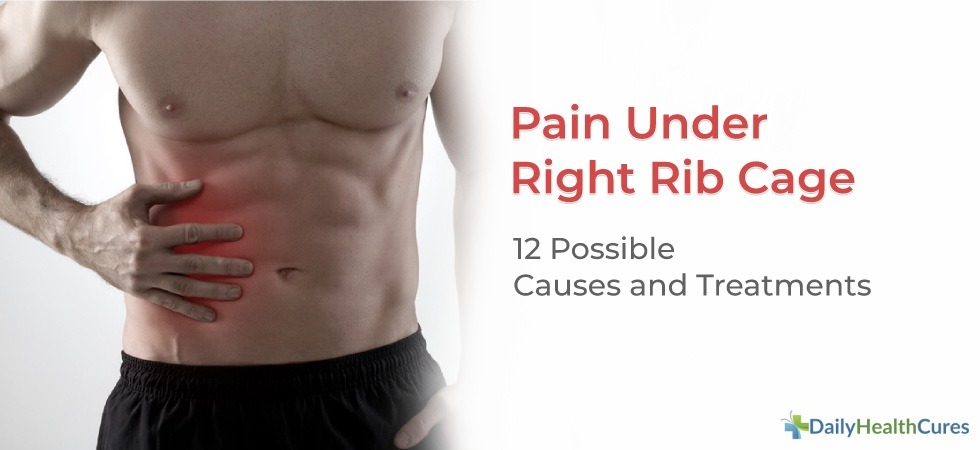
Ewing's sarcoma is a type of cancer that forms in bone or soft tissue. It is generally considered to be a cancer of childhood. Sarcomas include Rhabdomyosarcoma, is an aggressive and highly malignant form of cancer that develops from skeletal muscle cells anywhere in the body. These are a common benign bony tumour but a rare tumour in the ribs and chest wall. Sometimes, cartilage will grow over an area of exostosis, which is called osteochondroma. Other types of benign bony tumours that can occasionally affect the chest wall causing a chest wall lump or chest wall symptoms include Chondromyxoid fibromas are a type benign cartilaginous tumours which occasionally occur in the ribs, spine, or scapulae and rarely the sternum Ossifying Fibromyxoid tumour which rarely affects the chest wall but can lead to a slowly growing painless mass and Enchondromas, a more common benign cartilage tumour found inside bones including rib bones.Īn exostosis, also called a bony spur, occurs when a bony growth extends beyond a bone's usual smooth surface. Exostosis can cause chronic pain or irritation, depending on its size and location. It is very rare in the ribs and chest wall. Giant cell tumours most often occur in young adults when skeletal bone growth is complete. Most occur in the long bones of the legs and arms. It usually develops near a joint at the end of the bone. A giant cell tumour is a rare, aggressive non-cancerous tumour. Symptomatic patients can have pain, possibly secondary to a pathologic fracture, or with an obvious deformity.Īn aneurysmal bone cyst is a benign, but expansile tumour like lesion that generally occurs in the long bones including the vertebral column and rarely in the chest wall. The majority of monostotic lesions have no symptoms and its discovered incidentally on x-ray. It tends to affect a single rib (monostotic) and more severely multiple bones (Polyostotic). It can affect the ribs and rarely the sternum. This irregular tissue can weaken the affected bone and cause it to deform or fracture. Other types of rib abnormalities presenting with an apparent chest wall lump include rib Segmentation and Fusion Anomalies leading to abnormally shaped ribs for example bifid rib, fusion or bridging between ribs or smaller (hypoplastic) or missing ribs (absent) as in Poland’s Syndrome.įibrous dysplasia is an uncommon bone disorder in which scar-like (fibrous) tissue develops in place of normal bone. It’s important to differentiate this from a pectus carinatum deformity. One of the more common variants is Prominent Convexity of the anterior rib/s presenting at a young age. Rib Abnormalities and anatomical variations of ribs can cause an ‘apparent’ chest wall lump. Associated musculoskeletal abnormalities such as Marfan syndrome, Ehlers-Danlos and Poland Syndrome are common but other associated conditions include Congenital heart disease, osteogenesis imperfecta, muscular dystrophy, Pierre Robin Syndrome, Turner Syndrome, and prune belly Syndrome. Pectus deformities can be present at birth or within the first year, but often only become noticeable during puberty. Pectus Carinatum Bracing treatment – Find out more It developed during a rapid growth spurt over a year The lump may develop quickly such as an abscess, or slowly or become noticeable with significant weight loss or with certain activities for example a lung hernia. If large they can cause a restriction of certain movements. Symptomsĭepends on what the chest wall lump is caused by, but along with the lump or deformity there may be associated pain, swelling, inflammation (redness), discharge, clicking or altered sensation.


Deep layer: Bony chest including sternum, ribs, thoracic spine and Pleural lining including the intercostal space, fascia, and pleuralĬhest wall lumps can come from any of these layers and their components including the blood vessels and nerves that course through them.Intermediate layer: Shoulder girdle and pectoralis muscles.
MOVABLE LUMP UNDER LEFT RIB CAGE SKIN
Superficial layer: Skin and subcutaneous fat.The chest wall can be divided into three layers: NOTE: The Rib Injury Clinic does NOT treat Breast Lumps. In addition, underlying organs such as the lung, the lining of the lung (the pleura) or conditions in the cavity of the chest (the pleural cavity) can also lead to chest wall lumps. Any of these can lead to the development of a chest wall lump. The chest wall is made up of bone (sternum, ribs and thoracic spine), cartilage and other ‘soft tissues’ including muscles, tendons, ligaments, fascia (membranes), blood vessels, nerves, lymph vessels and nodes. Chest wall injuries, inflammatory or infective conditions and even cancerous or non-cancerous growths can lead to the development of a chest wall lump.


 0 kommentar(er)
0 kommentar(er)
